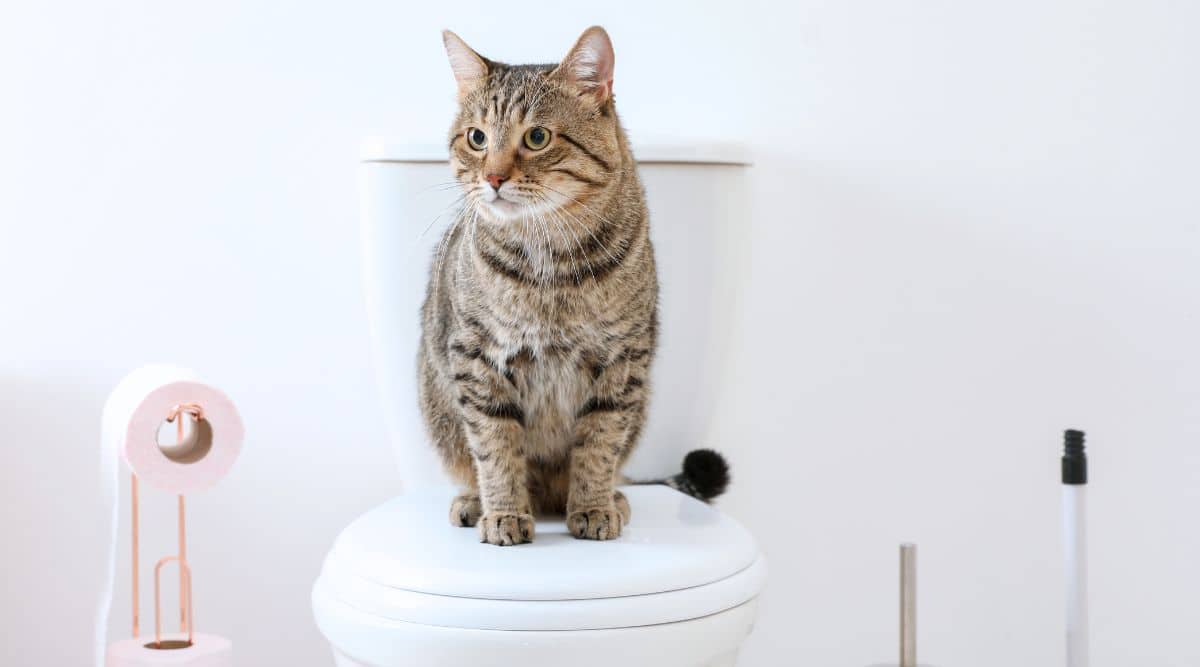This article following next relating to How to Dispose of Cat Poop and Litter Without Plastic Bags is indeed insightful. Read on and make your own final thoughts.

Introduction
As cat owners, it's necessary to bear in mind how we deal with our feline good friends' waste. While it might appear practical to purge feline poop down the bathroom, this technique can have damaging repercussions for both the atmosphere and human health.
Alternatives to Flushing
Luckily, there are more secure and a lot more accountable ways to dispose of pet cat poop. Think about the adhering to options:
1. Scoop and Dispose in Trash
The most usual method of getting rid of pet cat poop is to scoop it into an eco-friendly bag and throw it in the trash. Make sure to make use of a dedicated litter scoop and deal with the waste immediately.
2. Use Biodegradable Litter
Choose naturally degradable cat clutter made from materials such as corn or wheat. These clutters are eco-friendly and can be safely gotten rid of in the trash.
3. Bury in the Yard
If you have a lawn, take into consideration burying feline waste in an assigned location away from vegetable yards and water resources. Make sure to dig deep sufficient to prevent contamination of groundwater.
4. Install a Pet Waste Disposal System
Invest in an animal garbage disposal system particularly developed for feline waste. These systems use enzymes to break down the waste, decreasing smell and ecological effect.
Health and wellness Risks
In addition to ecological worries, purging cat waste can likewise present wellness risks to human beings. Feline feces may contain Toxoplasma gondii, a parasite that can trigger toxoplasmosis-- a possibly extreme health problem, particularly for expectant females and people with damaged body immune systems.
Ecological Impact
Flushing pet cat poop presents hazardous virus and bloodsuckers into the water system, presenting a substantial threat to marine environments. These impurities can negatively influence aquatic life and concession water high quality.
Conclusion
Responsible family pet ownership prolongs beyond providing food and shelter-- it additionally includes correct waste monitoring. By refraining from purging feline poop down the bathroom and choosing different disposal techniques, we can minimize our ecological impact and shield human wellness.
Why You Should NEVER Flush Cat Poop (and/or Litter) Down Your Toilet
The Problem with Litter
The main function of litter is to solidify and adhere to your cat’s waste. While this makes litter excellent for collecting cat poop and urine, it’s also the exact property that makes it a nightmare when flushed down the toilet.
Cat litter can and will clog pipes. There is non-clumping litter, but it’s still quite heavy and can build up in pipes. This is true even of supposed “flushable litter.”
The problems only compound when the litter is already clumped into cat waste. Toilet paper is among the more flushable things, and even too much of that will clog a toilet.
The Problem with Cat Poop
Sewers and septic systems are designed with human waste in mind. The microbes that help break down human waste don’t work on cat waste. Additionally, cat poop plays host to the parasite Toxoplasma gondii.
When flushed, this parasite can enter the environment in places it was never meant to, posing a risk to pregnant women, their unborn children, and other people with compromised immune systems. While it might not seem possible, flushing cat poop can indeed introduce this parasite to the public water supply.
These reasons are why, even if you’ve trained your cat to go on the toilet and flush, which is possible, it’s still not a good idea. Also, pregnant women and the immunocompromised shouldn’t change litter, either.
How to Handle Litter
The best way to handle litter is to simply put it in a plastic bag and place it in the trash. Avoiding environmental risks and possible plumbing damage is worth the extra effort.
You can also invest in devices that seal away your cat’s waste in a separate compartment, so you don’t have to change the litter nearly as often. They’re also safer for pet owners because they limit the possibility of Toxoplasma gondii exposure.
Disposing of litter the old-fashioned way will ensure you won’t have to worry about any issues that flushing the waste can potentially cause.
Take Care of Clogged Pipes with Stephens Plumbing, Heating & Air Conditioning
The reasons you should never flush cat poop down your toilet are numerous, but sometimes the inevitable happens despite your best efforts.
Stephens Plumbing, Heating & Air Conditioning is ready to help if you’re experiencing litter-blocked plumbing. Whether you need us in an emergency or want to schedule regular maintenance, we’re here for you.
https://www.stephensplumbing.net/bathroom-plumbing/never-flush-cat-poop-down-your-toilet/

As a keen person who reads on Don’t flush cat feces down the toilet, I thought sharing that segment was a good thing. Enjoyed reading our post? Please share it. Help others check it out. Thanks a bunch for your time. Visit again soon.
Need Help? Hire Us Now!